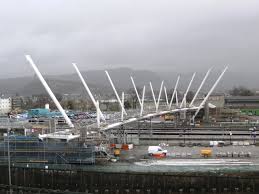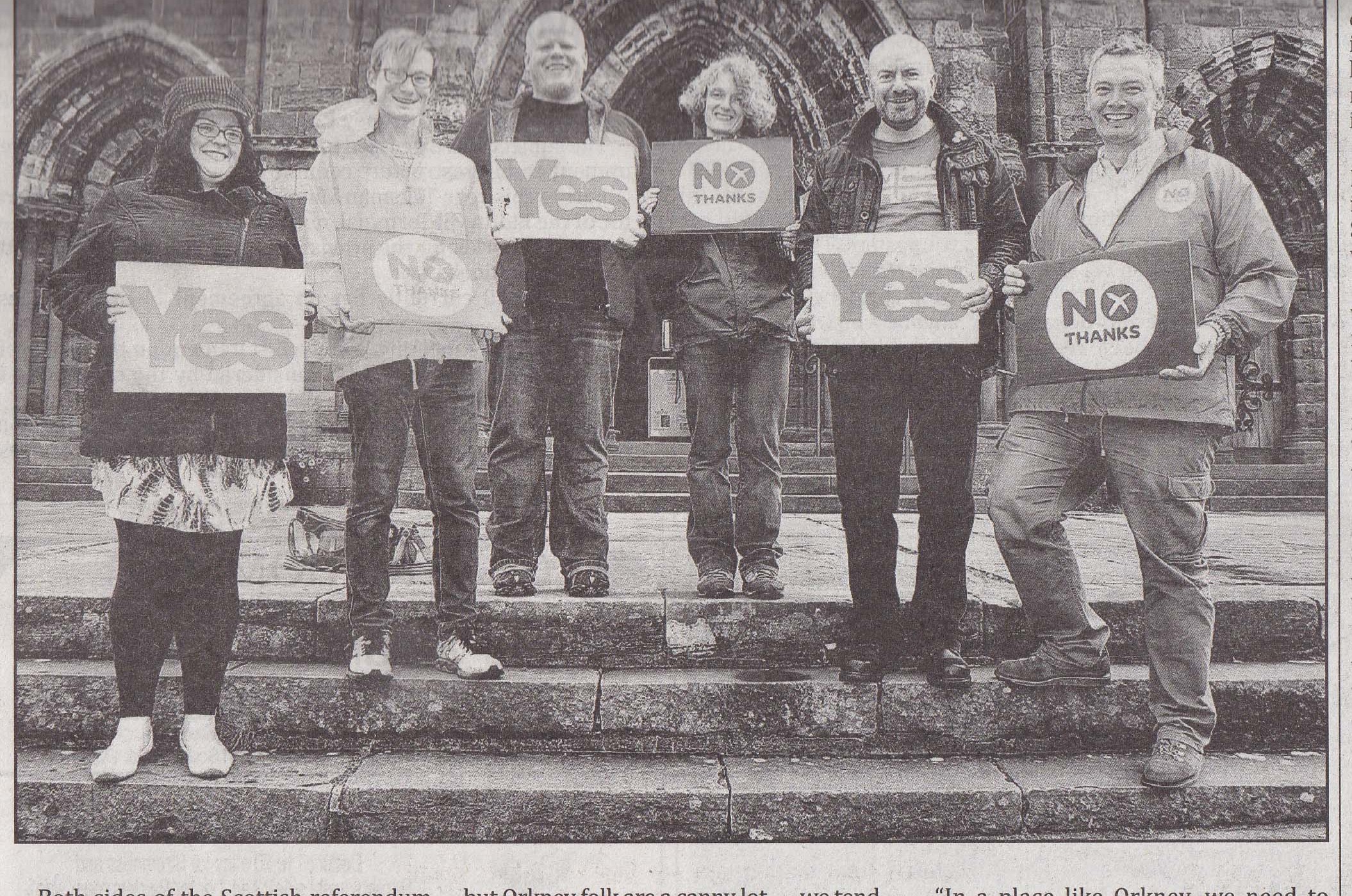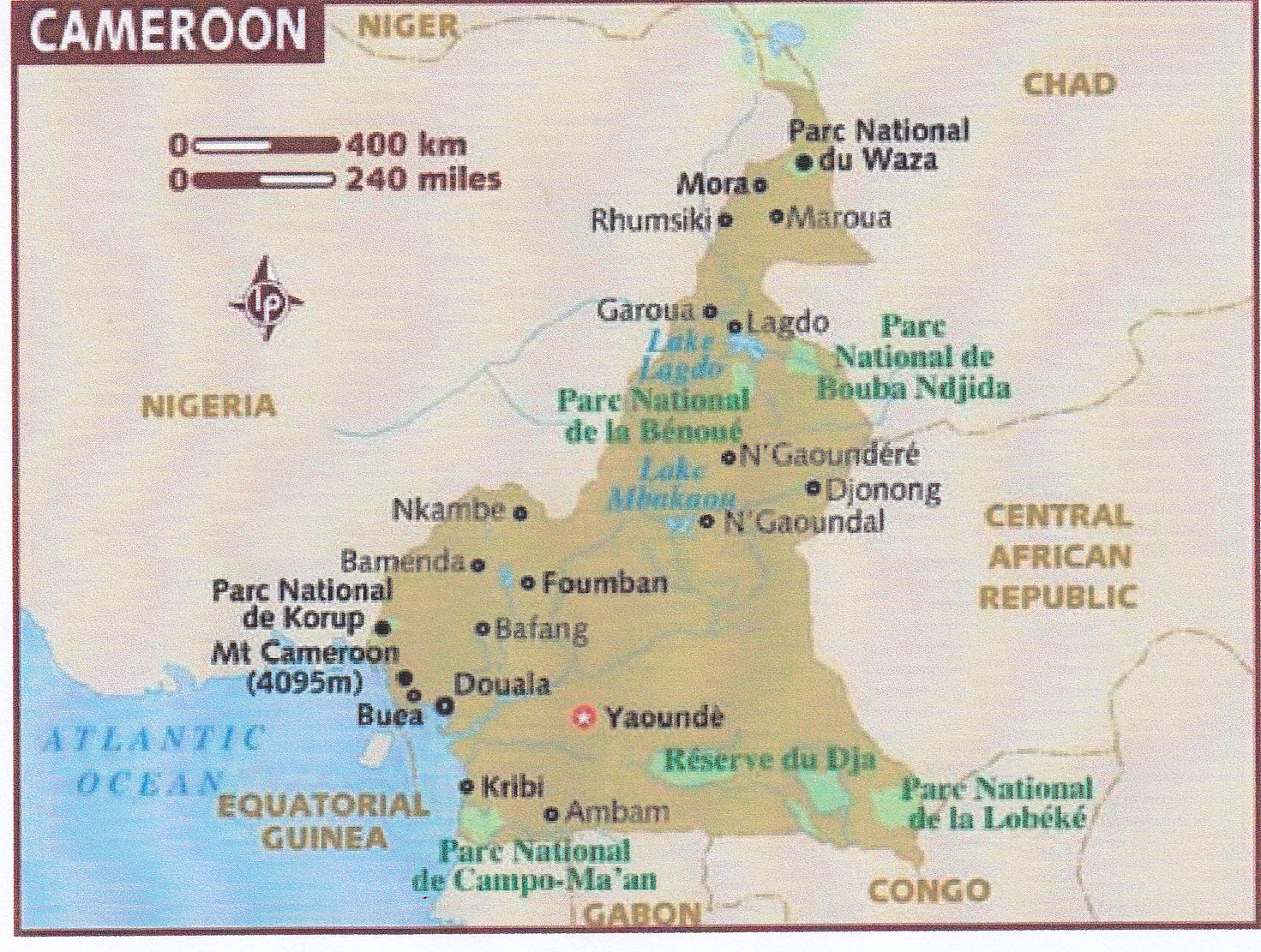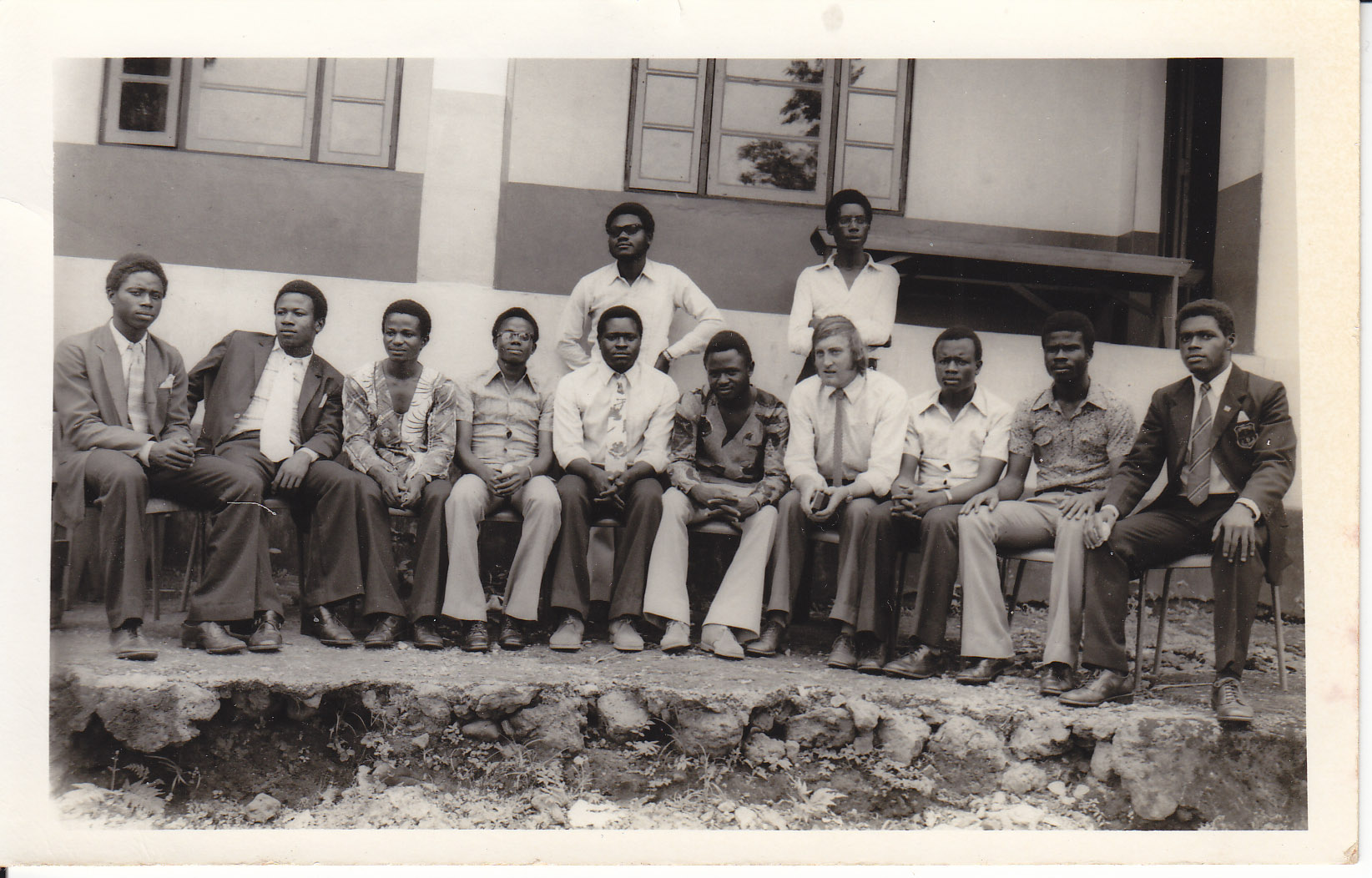 Where are the lost things of our lives?
Where are the lost things of our lives?
I ask because I remembered recently that somewhere in central Nigeria lie the remains of a yellow and black portable typewriter that once belonged to me. I remember that typewriter well. It had a mustard yellow frame, black keys, German typeface and the letter “i” was loose, so that every time you struck that key, it wobbled and threatened to fall off. Because the typewriter was German-made, and therefore robust, I am convinced it survives somewhere to this day.
For the benefit of younger readers, I should explain that a “typewriter” was a writing machine that we used many years ago to print words directly on to paper. You didn’t have to plug it in or connect it to a printer, and it made a clickety-click sound as you worked away on it. Some models had a little bell that pinged when you approached the end of a line on the page. If you were in a really bad mood you could hammer away on it very noisily, making a tremendous racket and the machine still wouldn’t break, unlike a modern computer. If you made a mistake in your typing, you could either use a strong-smelling white liquid to cover up the offending letters – then wait for it to dry – or you could rip the page out of the typewriter with a flourish, insert another piece and start again.
Anyway, back to my little yellow and black typewriter. This was the late 1970s and I had taken it with me to Nigeria, because I knew it would be useful when preparing notes for students in the teacher training college where I was to be working, and I also knew that the college was certain to be short of funds for such things. In the end, I needn’t have worried – the college hadn’t actually been built when I arrived, although a Principal, some Nigerian and foreign staff and about a hundred students had been recruited. Because there were no college buildings, we were all – staff, students, teaching blocks, offices – temporarily housed in what had once been an army barracks. The buildings were ramshackle and basic, with concrete walls and tin roofs and were spread out over what we laughingly called a “campus”. There was a hot, humid, enervating climate, and no air conditioning, of course, but as there was no glass in the windows that didn’t matter too much.
I’d been there a couple of months when the Principal asked two of us if we would make the 800-mile round trip to Lagos to purchase books and equipment to stock up what we also laughingly called the “library” – a concrete, tin-roofed sweat box containing some tables, chairs, lots of empty shelves and a few books, with a light reddish coating of dust over everything. As our teaching commitments were less than onerous, we agreed, and set off by car a few days later, bearing with us imposing looking vouchers on Nigerian Government headed paper, entitling us to purchase several thousand nairas worth of equipment and a long wish-list of books from our colleagues.
After an exhausting journey and some days spent negotiating the best deal we could with wholesalers in Lagos, we packed the car to the roof with boxes of books, arranged for others to be sent on by carrier and set off on the long hot journey back to the college. Our car was weighed down on its springs with its heavy load of book-bound knowledge.
On our return the little yellow typewriter really came into its own. All the books had to be catalogued, but the college would not let us use any of the office typewriters as these were needed day in day out to clatter out administrative forms in triplicate, as well as pleading letters to central government officials about the decrepit state of our buildings and other urgent matters. Cataloguing a library which might actually help our students to learn something was low on the list of priorities.
So it was that over the next few weeks, a young Nigerian colleague and I taught ourselves how the Dewey Decimal system worked, and began the laborious task of cataloguing hundreds and hundreds of books on little white cards, making use of the yellow typewriter, and its wobbly “i”. Gradually, our concrete sweat box began to take on the appearance of a real library. We had an issuing system in place. The empty shelves began to fill up. Students and staff began to take an interest. Some even borrowed books. Day after day, one or other of us would bang away on the yellow typewriter cataloguing and recording, cataloguing and recording. The typewriter gradually acquired its own coating of red dust, and began to rust a little in the humid heat.
It was on the day of an unexpected dry season rainstorm that disaster struck. First, there were a few large drops plopping on to the library floor from a leaking roof, each throwing up a little circle of dust. There followed a steady drip, drip, drip, a gush, then a torrent. Soon the floor was awash with soggy paper and paperbacks rapidly turning to mush. Our catalogue cards floated in reddish pools of water. Staff and some students helped to rescue what we could, but much work and many books were ruined. Undaunted, my Nigerian colleague and I ploughed on over the next few weeks processing the remaining relatively dry stock, while labourers banged away on the damaged roof and insects screeched in the hot moist air. The yellow typewriter survived the flood and our work continued until we had catalogued the entire library, after a fashion.
Recently I looked at the college website. They have magnificent buildings now, so things have moved on. Like all such websites, it makes the facilities sound fantastic and the pictures show it to be peopled by hundreds of smiling Nigerian students and staff. However, I searched in vain for mention of a library. There was a description of a day care centre for students, fantastic sports facilities, and plenty of ICT equipment. In fact, it appears that the entire library has been digitised, because the website states breathlessly and ungrammatically: “The College boasts of hi-end communication infrastructure including C-band earth station, and a campus-wide wireless internet service delivery (an on-going project undertaken by infrastructure unit of Golden Konsults)”.
I wonder if Golden Konsults ever asks how its “hi-end communication” began all those years ago in a dusty, half-empty, leaking library with its card index catalogue managed by two young men and a slightly rusty yellow typewriter. It is to my shame that I do not know what happened to that machine. Probably, it lingered on in the college library for years, creakily churning out catalogue cards and requests for more funds. Is it too much to hope that the yellow typewriter is preserved in a glass case somewhere for the amusement of the twenty-first century’s happy smiling students?
I wonder.




 Where are the lost things of our lives?
Where are the lost things of our lives?
 I wonder if graffiti like this at a polling station in central Scotland in Picture 1 is one reason that some people were turned off voting Yes? Meanwhile, Picture 2, taken from last week’s
I wonder if graffiti like this at a polling station in central Scotland in Picture 1 is one reason that some people were turned off voting Yes? Meanwhile, Picture 2, taken from last week’s 
